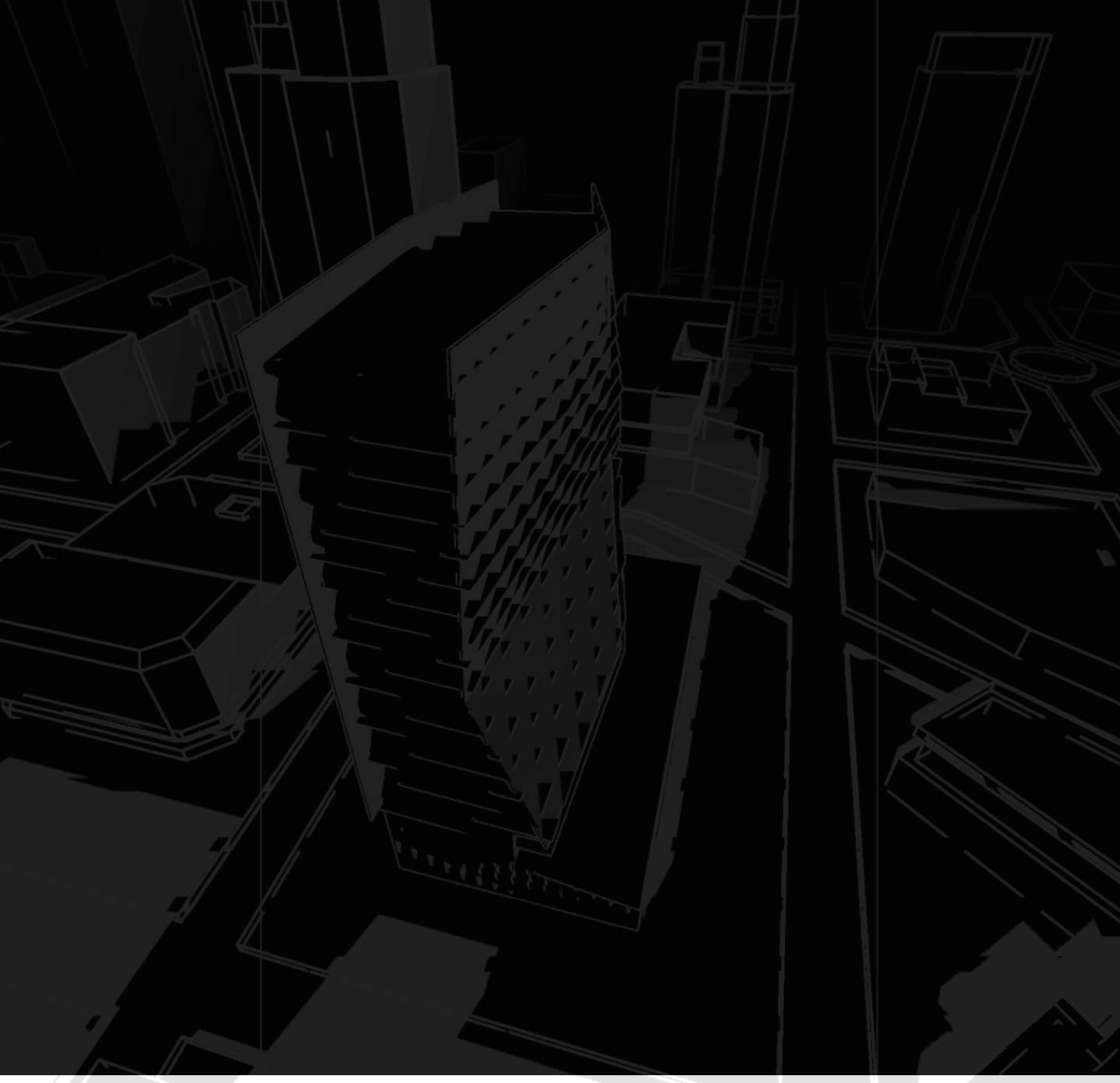High-performing sustainable buildings stand as epitomes of architectural excellence, transcending conventional structures by embodying extraordinary energy efficiency, environmental responsibility, and overall performance. Meticulously designed and constructed, these buildings harness cutting-edge technologies, strategies, and materials to achieve unparalleled levels of sustainability. The benefits they offer extend to environmental, economic, and social dimensions.
High-performing sustainable buildings embody the vision of a more sustainable and resilient future. Through their exceptional performance and multifaceted benefits, they exemplify the notion that sustainable practices can be economically viable, environmentally responsible, and socially advantageous. These buildings chart a path to transform the built environment, paving the way for a more sustainable society.
Characteristics and Perks of High-Performing Sustainable Buildings
The U.S. General Services Administration highlights 7 sustainable design principles that help us define what a sustainable building is:
Energy Efficient
High-performing sustainable buildings surpass conventional structures by excelling in energy efficiency. Through advanced insulation, high-performance windows, efficient HVAC (Heating, Ventilation, and Air Conditioning) systems, and intelligent building controls, these buildings optimize energy usage. The result is not only reduced energy bills but also a substantial decrease in greenhouse gas emissions, making a tangible impact on carbon footprint reduction.
Cost Savings
While the initial investment in high-performing sustainable buildings may be higher, the long-term cost savings they deliver are remarkable. Reduced energy consumption translates into significant operational cost savings over the building's lifespan, resulting in lower utility bills. Additionally, their lower maintenance requirements and extended lifespans contribute to reduced lifecycle costs.
Enhanced Indoor Environment
High-performing sustainable buildings prioritize occupant well-being by providing an exceptional indoor environment. By integrating advanced ventilation systems, low-toxicity materials, and ample natural light, these structures ensure superior indoor air quality and occupant comfort. The result is a conducive setting that promotes health, productivity, and overall well-being.
Water Efficiency
High-performing sustainable buildings incorporate water-efficient technologies such as low-flow fixtures, water-wise landscaping, and rainwater harvesting systems. By curbing water consumption and implementing strategies for water reuse, these buildings contribute to water conservation efforts, particularly in regions facing water scarcity.
Heightened Productivity
Sustainable buildings with superior indoor environmental quality and access to natural light have been proven to enhance occupant productivity, creativity, and cognitive performance. By providing a healthy and comfortable workspace, high-performing sustainable buildings foster contentment and well-being among occupants, resulting in increased productivity and reduced absenteeism.
Resilience and Adaptability
High-performing sustainable buildings integrate resilient design features, enabling them to withstand and recover swiftly from natural disasters and environmental challenges. Robust insulation, backup power systems, and efficient water management strategies ensure continuity during disruptions. Moreover, their flexible and adaptable spaces accommodate changing needs over time.
Positive Brand Image and Marketability
High-performing sustainable buildings enhance an organization's brand image and reputation. In an increasingly eco-conscious market, these buildings serve as tangible demonstrations of an organization's commitment to sustainability and social responsibility. They attract environmentally conscious tenants, investors, and customers, bolstering marketability and providing a competitive edge.
What green building certifications, codes and standards cove.tool supports? Find out! >>
Environmental Stewardship
High-performing sustainable buildings make significant contributions to environmental stewardship. By reducing energy consumption, harnessing renewable energy sources, and minimizing water usage, these buildings actively mitigate climate change, conserve resources, and protect ecosystems. They become powerful symbols of sustainability, inspiring others, and driving positive change within the built environment.
Technology and strategies
The harmonious interplay between technology and strategy lies at the heart of sustainable architecture. These two essential pillars work in tandem to propel the field forward, fostering innovation, efficiency, and environmental stewardship. Technology, with its array of sophisticated tools and resources, serves as the indispensable enabler that brings strategic visions to fruition.
Strategy forms the guiding compass in sustainable architecture, establishing the overarching goals and principles that inform design processes. It encompasses multifaceted considerations such as energy efficiency, resource conservation, indoor environmental quality, and the use of sustainable materials. Additionally, strategies embrace broader concepts like passive design, renewable energy integration, water conservation, and holistic lifecycle thinking. These strategic frameworks set the stage for meaningful and impactful design interventions.
However, it is through the implementation of technology that these strategic ambitions are realized. Architects and designers are empowered with cutting-edge software, advanced modeling capabilities, data analytics, and simulation tools that enable comprehensive analyses, precise optimization, and informed decision-making. Technology facilitates the exploration of diverse design scenarios, evaluates building performance, and identifies opportunities for refinement. Moreover, it enhances communication and collaboration among stakeholders, fostering a shared understanding of sustainable design goals
Using cove.tool to design high-performing sustainable buildings
In the realm of high-performing sustainable buildings, cove.tool's revgen.tool and project.assist reports emerge as critical tools for manufacturers, architects, and designers offering a synergistic blend of real-time performance analysis and intelligent design assistance to achieve unparalleled sustainability outcomes.
project.assist enhances the sustainable building design process by automating analyses and recommending sustainable materials, ensuring that projects meet stringent sustainability standards.
For building product manufacturers, revgen.tool revolutionizes the way products are positioned within the market, providing a platform for sharing verified performance data and engaging with architects and designers early in the design process.
This ecosystem not only streamlines the design and construction of sustainable buildings but also empowers manufacturers to effectively showcase their products as essential to these innovative projects, fostering collaboration and driving the industry towards a more sustainable future in a consolidated, impactful manner.
cove.tool facilitates data-driven decision-making by allowing teams to explore and optimize design options for energy efficiency and environmental integrity,
